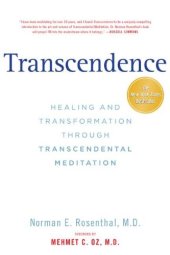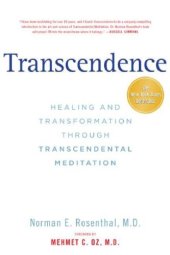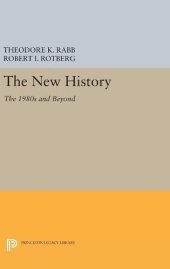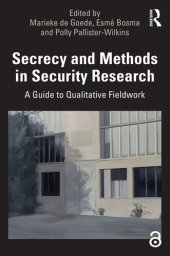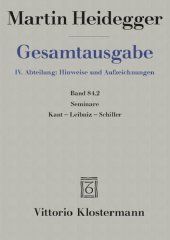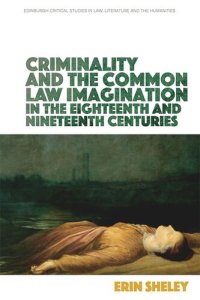
Ebook: Criminality and the Common Law Imagination in the 18th and 19th Centuries
Author: Erin Sheley
- Year: 2022
- Publisher: Edinburgh University Press
- Language: English
- pdf
A new framework for examining the relationship between individual and cultural trauma, literary texts and common law
- Performs transformative interdisciplinary readings of a range of literary and legal texts across a 200-year period
- Uncovers the connections between the individual and collective memories of law and crime that affected the development of the law itself
- Draws on three case studies – adultery, child criminality and rape testimony – to demonstrate the impact of cultural narrative on legal development in the 18th and 19th centuries
Erin Sheley shows how the symbolic relationship between adultery and threatened English sovereignty created a quasi-criminal legal discourse surrounding the private wrong of adultery; how the literary ‘construction’ of childhood by 19th-century fairy tale writers affected the development of the juvenile justice system; and how evolving rules about rape victim 'character evidence' functioned as epistemological components of volatile national identity.
Readings include:
Charles Brockden Brown's Wieland and Ormond
Thomas Hardy's Tess of the d'Urbervilles
Charles Kingsley's The Water-Babies
George MacDonald's The Lost Princess
Alfred, Lord Tennyson's Idylls of the King
Charlotte Brontë's Jane Eyre
Henry Fielding's The Modern Husband
Sir Walter Scott's Heart of Midlothian
Samuel Richardson's Clarissa



